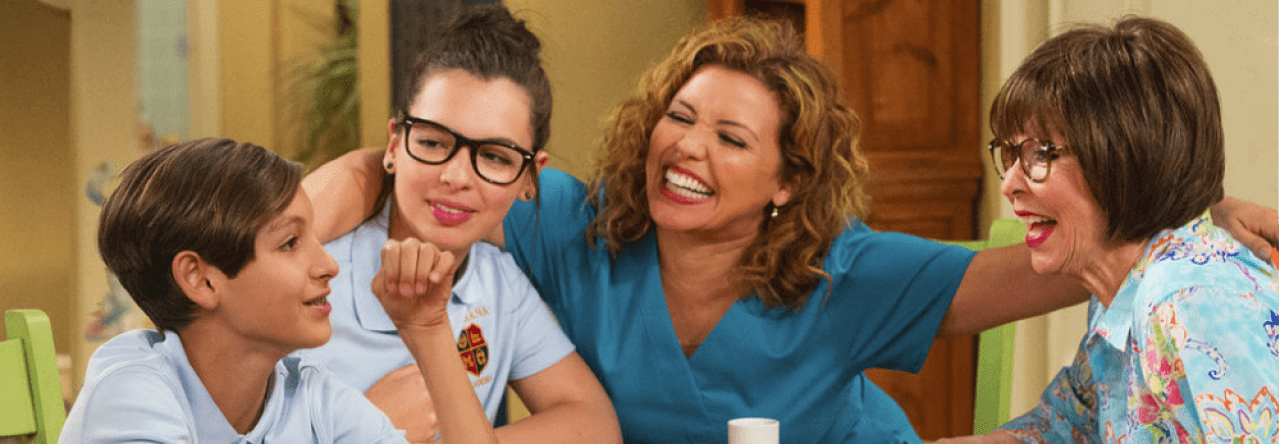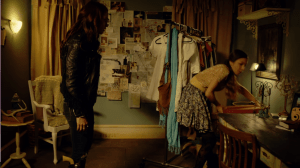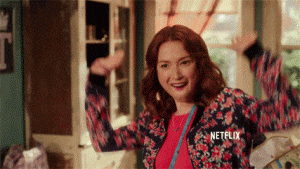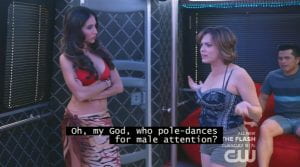I will focus this blog post on the first episode of Season 1 of Grey’s Anatomy. Shonda Rhimes is credited with writing this episode. She’s also written episodes for “Scandal”, “The Writers’ Room”, “Private Practice”, “Gilded Lilys”, “A corazón abierto”, “Off the Map”, “Inside the Box”, and “Seattle Grace: Message of Hope”. The first episode’s dialogue is structured much like other TV shows, the characters in the episode have conversions between them as the plot gets revealed to the viewers. The dialogue in Grey’s Anatomy is very informal. That is, the characters talk between themselves in a way that is easy for an average person to understand. However, some parts of their dialogue include medical terminology that an average person might not know. I for example, didn’t know much of the medical terms that were exchanged between the characters. However, the medical terms are explained to patients and their families such that the viewers can also understand the plot. Throughout the episode, there are multiple moments in which Meredith’s voiceover is played to the viewers. Funnily enough, the voice over played at the beginning of the episode wasn’t originally part of the episode, but Rhimes said that “In the editing room, it felt like a piece was missing, so we added it”. The voice over is used as a way of explaining and revealing Meredith’s thoughts to the viewers without Meredith directly saying them to anyone. It reveals Meredith’s stress and anxiety throughout the episode and strengthens the connection between Meredith and the viewers. Silence is also used in the episode at times of panic. Well, not silence exactly but background music which overtakes the audio from the episode. For example, during one of the surgeries in the episode, the characters struggle to help a dying patient and the song “Life Is Short” by Butterfly Voucher is played overtaking the audio in the episode. The happy vibe of the song is a complete contrast to the mood of the episode. There are no literary allusions that stand out. What does stand out about the writing is how the episode was able to portray the difficulties of being an intern at a hospital so well to the viewers.

Image from Grey’s Anatomy season 1, episode 1


























